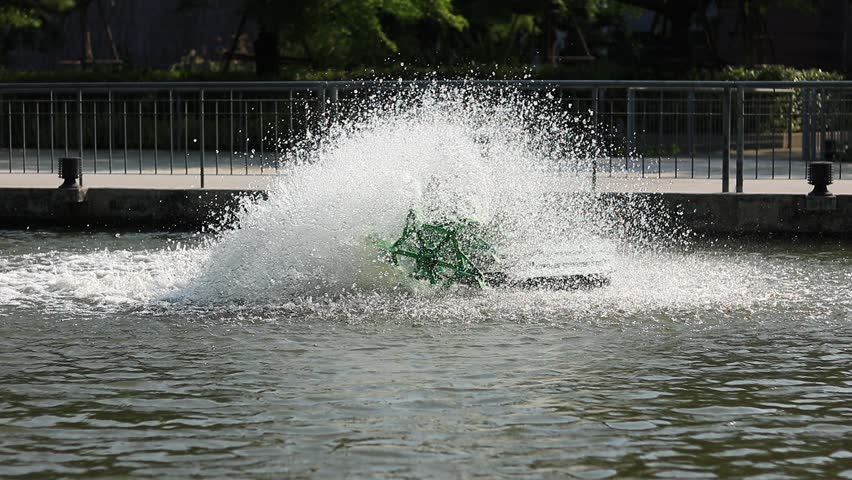
Plankton crash
When temperature, light, salinity, pH and alkalinity change suddenly, plankton activity will reduce and maylead to a plankton crash usually within two days. The thicker the bloom, the faster the plankton will crash. We can observe this via changes in water colour and pH, or when the afternoon pH is lower or the same as the morning pH. This means that plankton is crashing or is in the process of crashing, even if the water is still green in colour. Dead plankton is still green and may still provide some green colour in the pond.
Dead phytoplankton brings about low DO as there is no oxygen production and oxygen is used for bacterial action. This means that if DO in the afternoon is 6-7 ppm it may drop to only 2-3 ppm. When the dead phytoplankton of which 90% will accumulate at the pond bottom starts to decompose, they will start to compete for oxygen. If the farmer sees cloudy water, foam at the pond surface, bubbles with a long trail and plankton flcculating, this means that the plankton has crashed.
Shrimp moulting
Rain causes pH to drop drastically, as the pH of rainwater is usually lower than the pond water; slowing of plankton activity also causes the pH to drop. Under such conditions moulting occurs. When moulting, shrimp need more space, twice as much oxygen and increased mineral levels. However, conditions during the rains are not favourable for moulting; moulted shrimp have soft shell, and succumb easily to infection and mortality. Moreover, cannibalism of dead shrimp makes it diffiult for the farmer to detect the dead shrimp. What we will observe is a reduction in feed and lower ADG.
Accumulation of organic matter
During rainy periods, shrimp will not feed normally, but the farmer continues to feed the usual amount of feed thus leading to overfeeding. Phytoplankton activity will also drop as discussed previously. Bacterial action will also slow down, allowing organic matter to accumulate on the pond bottom. This means that a time bomb is ticking as the bacterial population will suddenly bloom when the temperature rises as there is excess organic load in the pond. Usually the pathogenic bacteria will be the ones which bloom because they are usually hardier and can withstand harsher conditions. They also tend to grow much faster than benefiial bacteria.
Why is there a tendency to overfeed? This is because farmers tend to check feed in the check tray only. Feed in the check tray is easily accessible by bigger and stronger shrimp. Normally, bigger shrimp are always being surrounded by other shrimp and the former are not allowed to feed peacefully in the check tray. However, during the rainy period when most of the shrimp do not have good appetite, these bigger shrimp now have an opportunity to eat and fiish off all the feed in the check tray. As the shrimp gut is fairly short and open, they are quite capable of eating non-stop until the feed is finished. This will give a false picture of the current feeding habits of the shrimp in the pond.Farmers will think that they need to increase feed whereas the opposite is true. The bigger shrimp will also tend to eat more and faster because of the strong smell of the feed in the check tray but the rest of the feed that is spread out in the pond will not smell as strong and may not be as attractive to the shrimp. This will lead to the accumulation of excess organic matter in the pond.
Combined effects
The overall effect of excessive rainfall is shrimp mortality due to H2S poisoning, soft shell issues and accumulation of organic matter. The farmer needs to understand the big picture of how rainfall can affect the various parameters in a pond.
Recommended best practices
Ideally, farmers should use available technology and predictive weather forecasts. Some weather forecast websites are weather.com and accuweather.com. If they learn to predict the weather in the next few days of culture, they will be better prepared for any eventualities. If there is going to be rain in the next two days, pond preparation should include the application of Pond Dtox (Novozymes, USA)- a bacteria product that can neutralise hydrogen sulphide, a day before or just before it starts raining.
Further to this, the following measures are recommended.
• Always make sure that the oxygen levels are 20% more than required. Switch on the aerators. All aerators should be running when it is raining.
• If there is heavy rain, allow the excess rain water to overflow from the surface.
• Assign a worker to apply lime on the bund as a usual practice during good weather. Then when it rains, the lime will leach into the water helping to maintain alkalinity.
• Assign a worker to check the water pH during rainfall. If the pH falls, apply lime.
• Stop feeding during rainy conditions.
• Mix Vitamin C and salt (minerals) with feed before or after the rains. The dosage is 5 g/kg feed. Dilute 17x water (add 5 g of salt to 80 mL of water), mix into feed, allow to air dry, then feed the shrimp. This will allow the shrimp to obtain minerals from the feed if there is a drop in alkalinity in the water.
• Once the rain stops, it is recommended to apply a double dosage of Pond Plus (Novozymes, USA) to allow benefiial bacteria to fist colonise and then competitively exclude the pathogenic bacteria.
In summary, our advice to farmers is to be prepared during rainy periods as there are so many factors contributing to problems in the shrimp pond. Being aware and being prepared are the fist steps to overcome the problems encountered during the rainy period. There are signs to watch out for and we need to read the signs correctly and take preventive and proactive action to minimise and prevent losses.
Source: Aquainfo - Soraphat Panakorn

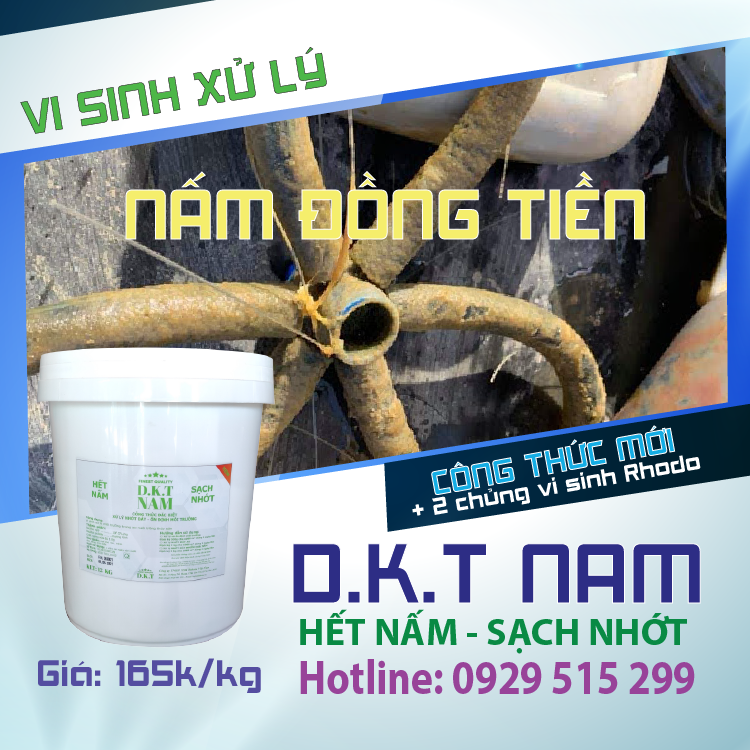

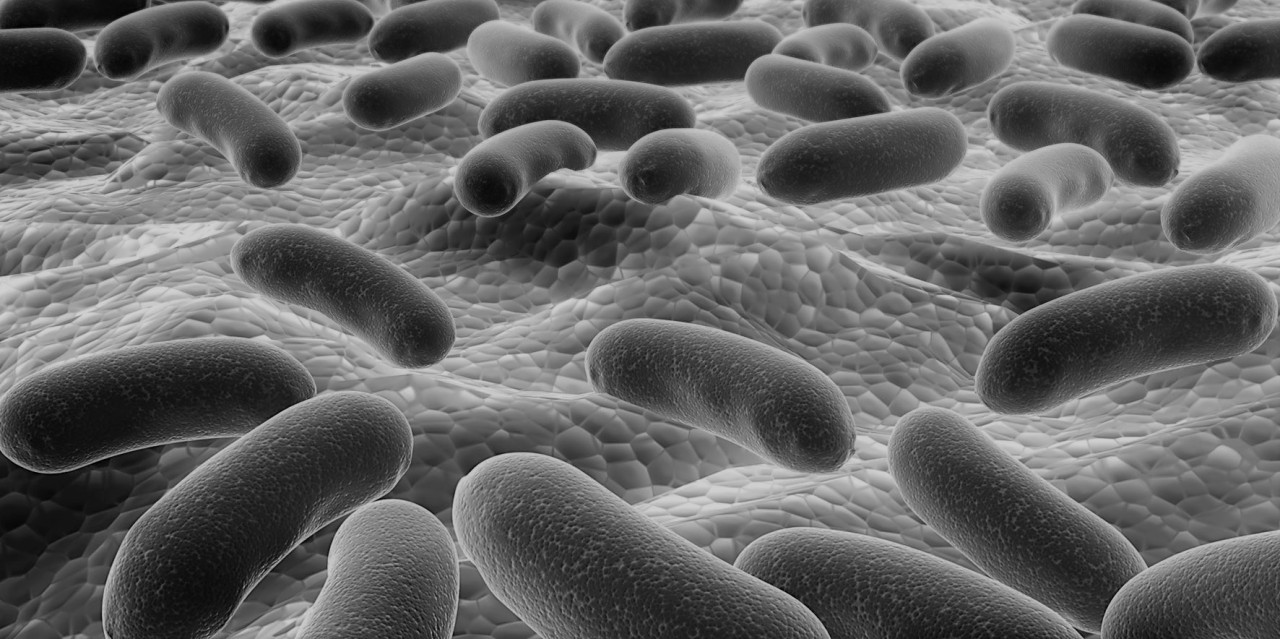
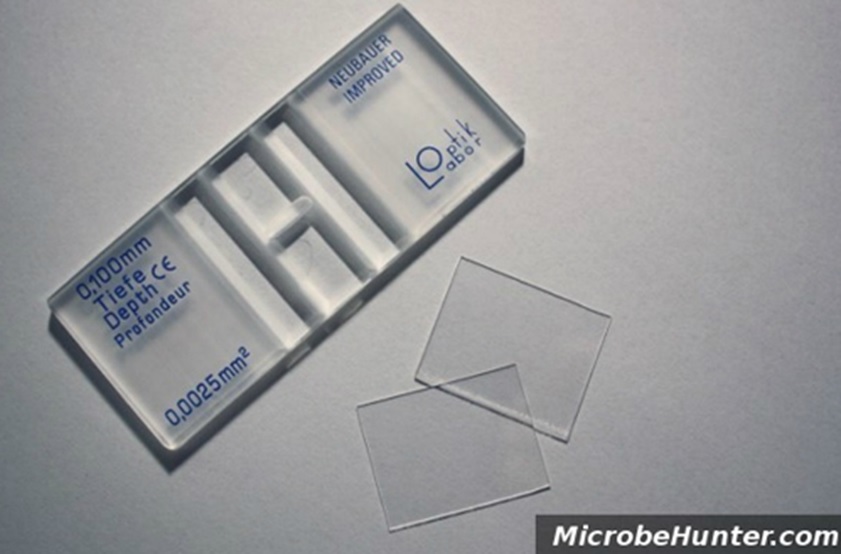
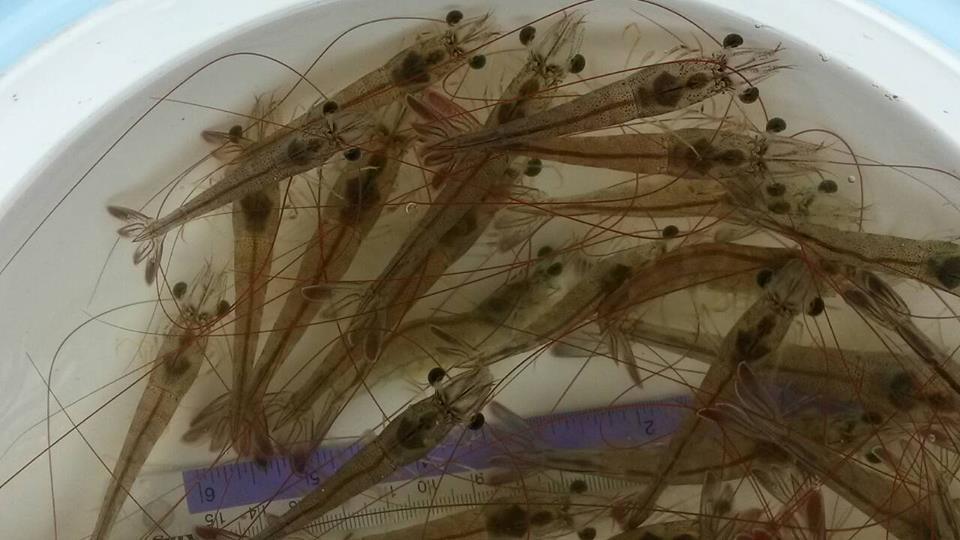
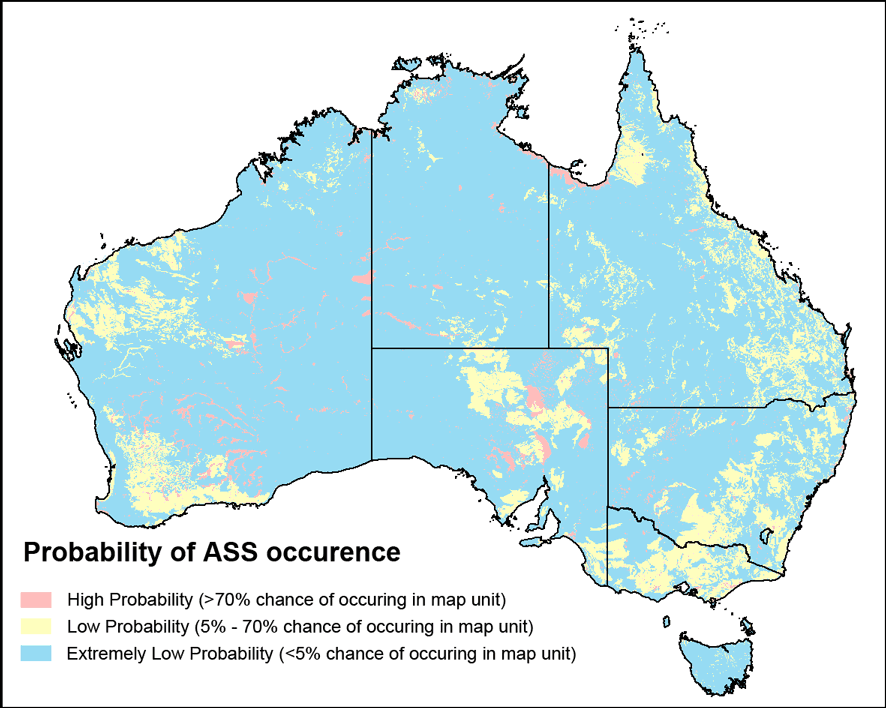
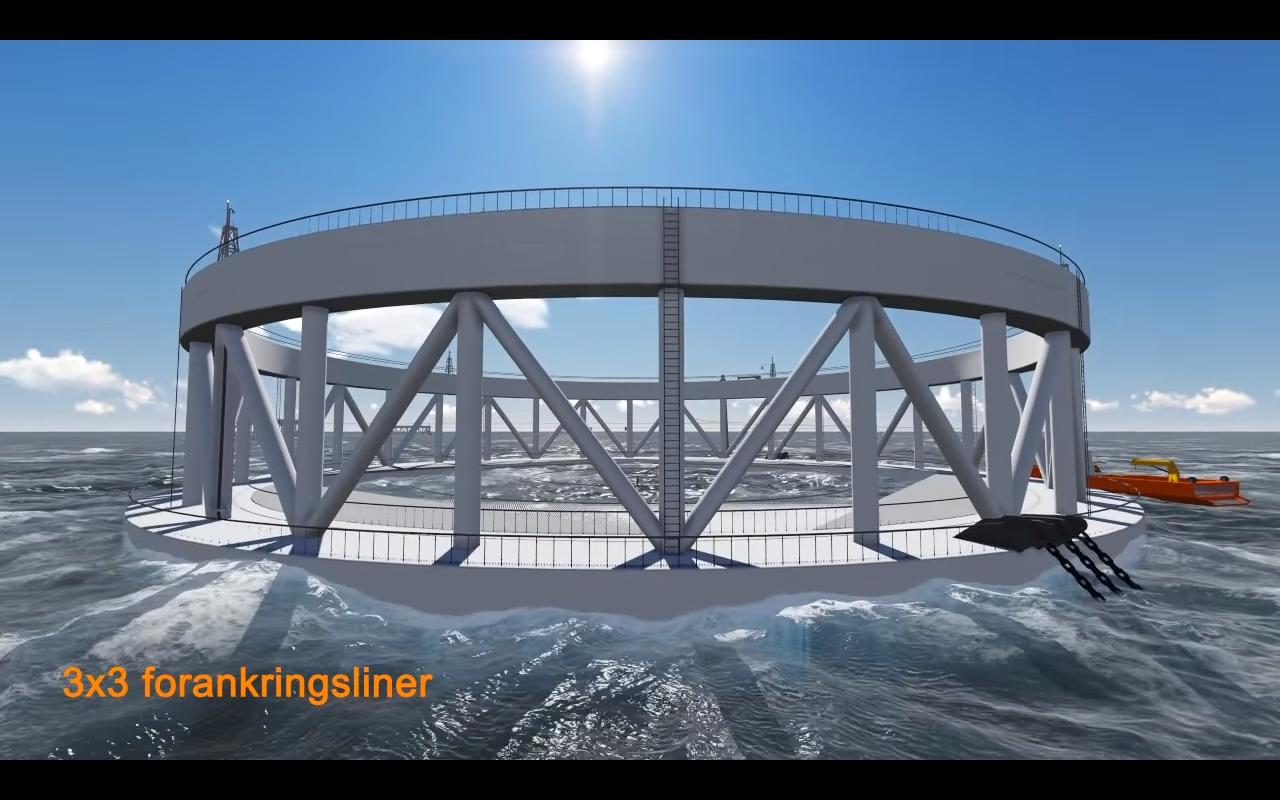

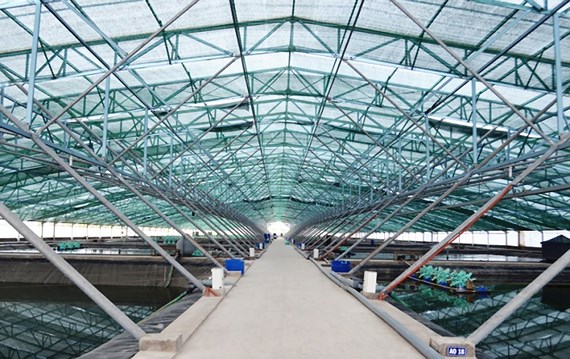

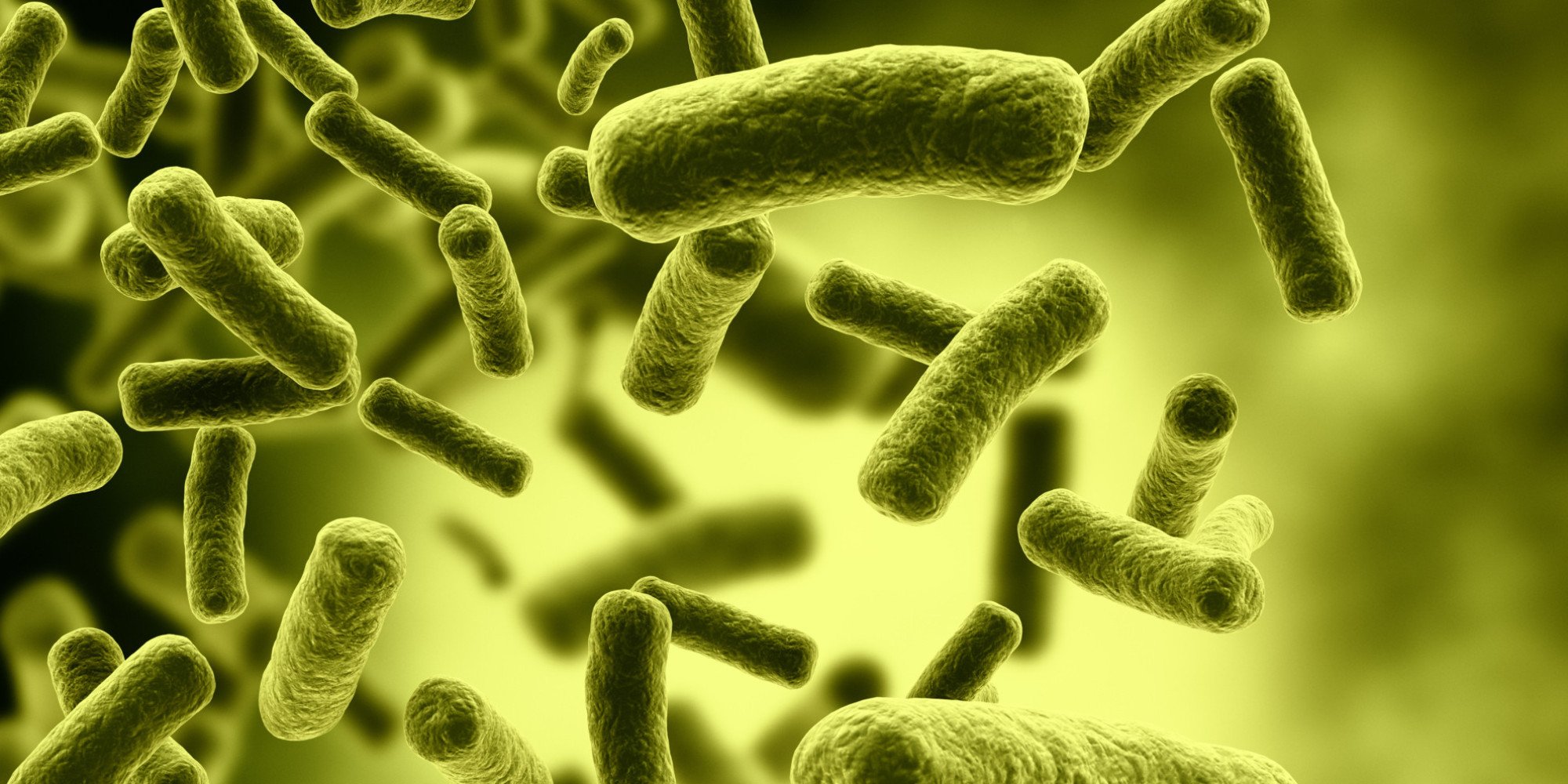
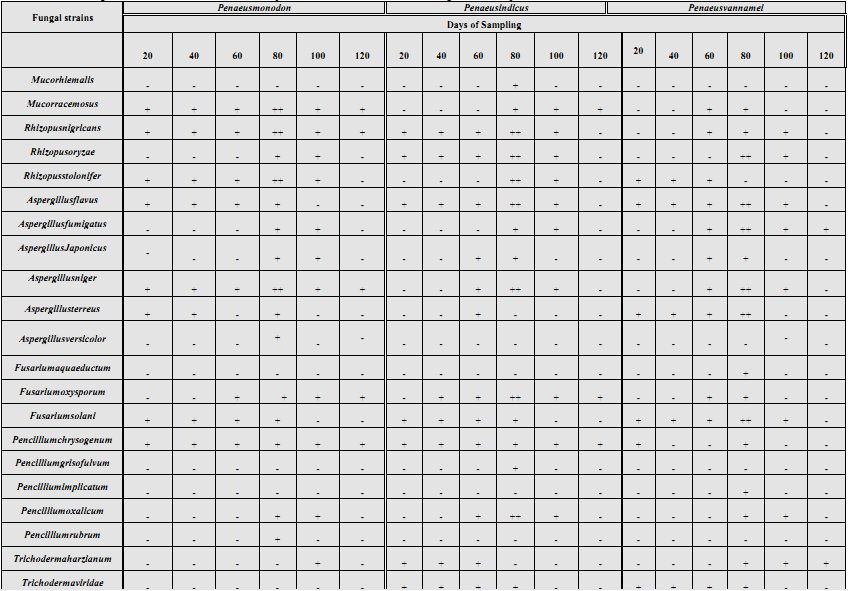
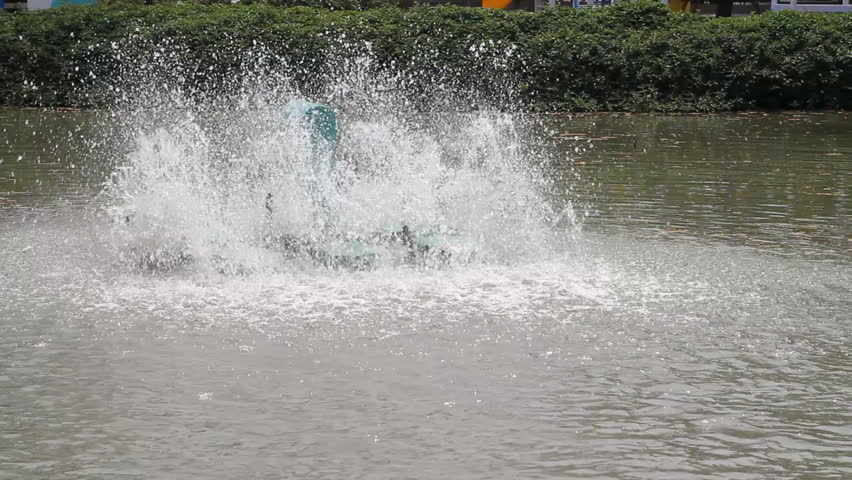
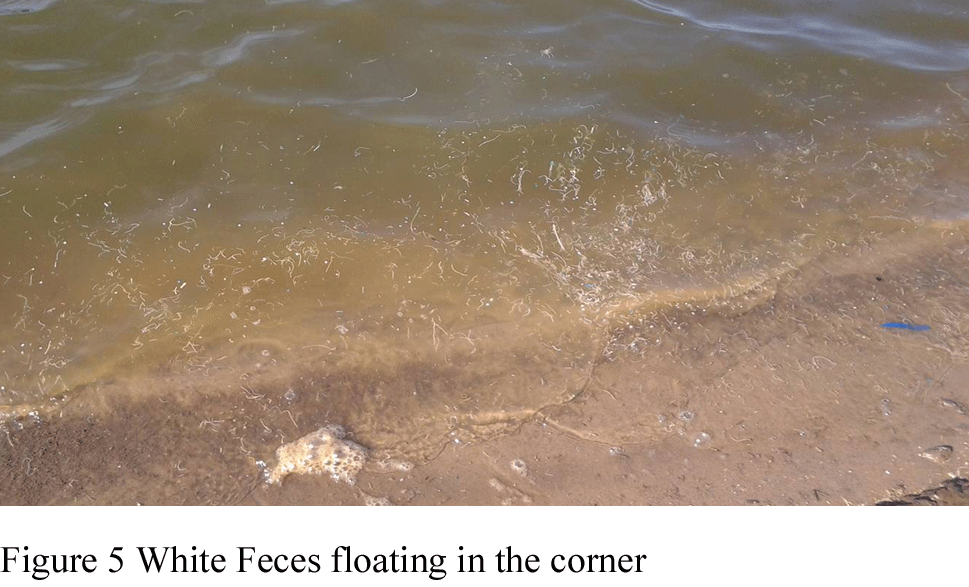
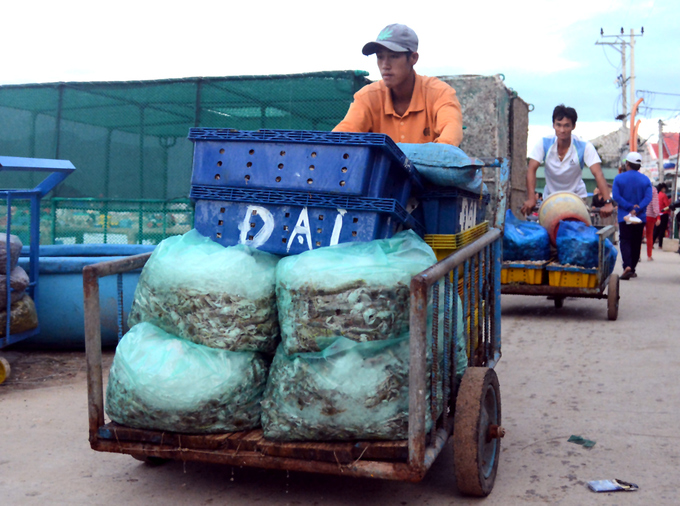

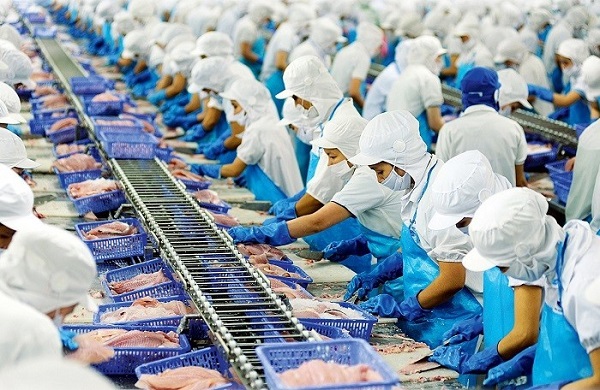
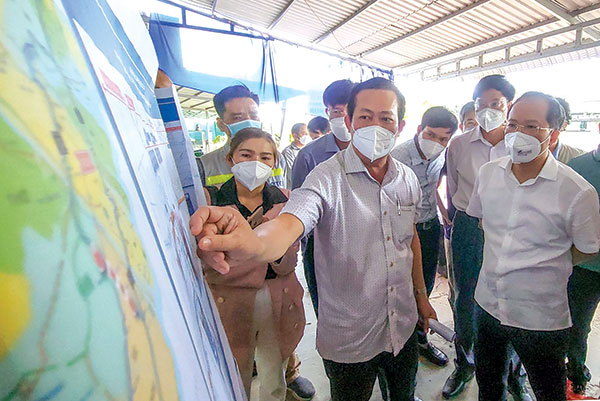
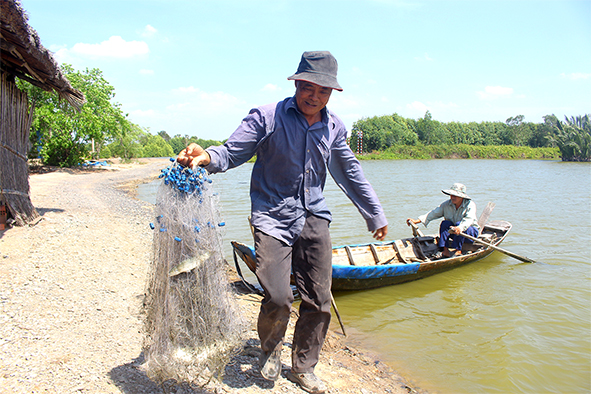
Bình luận bài viết